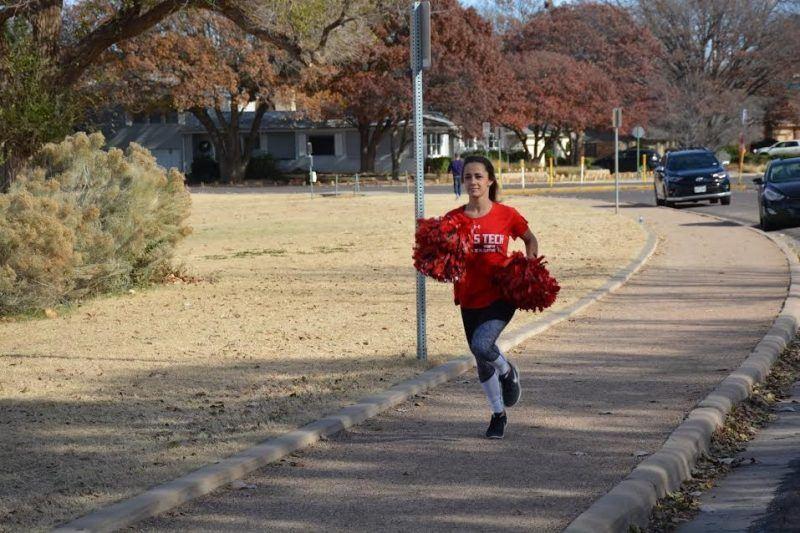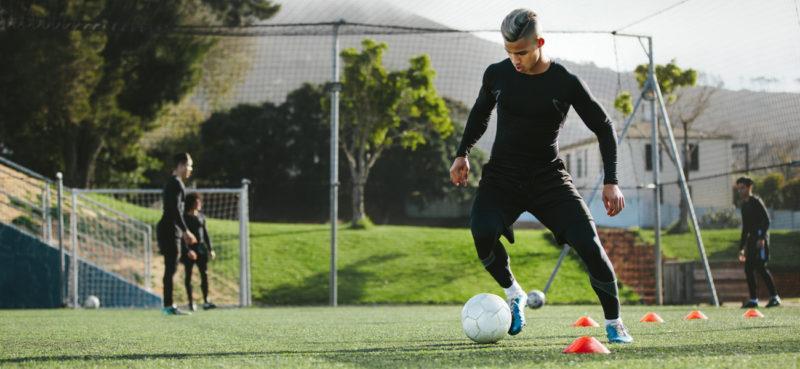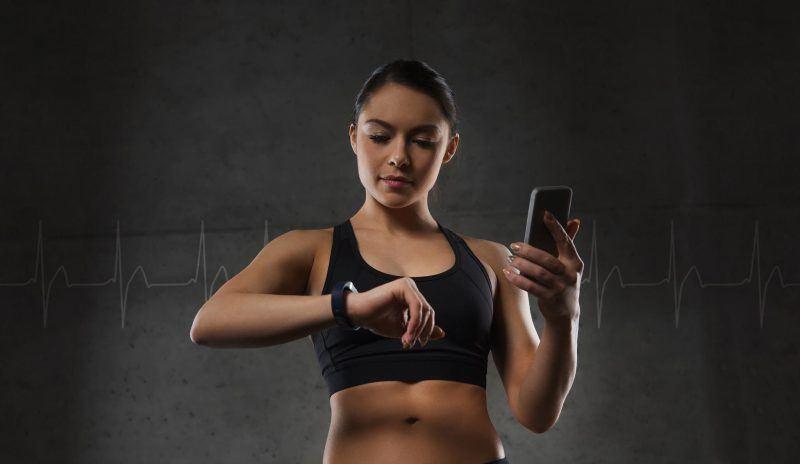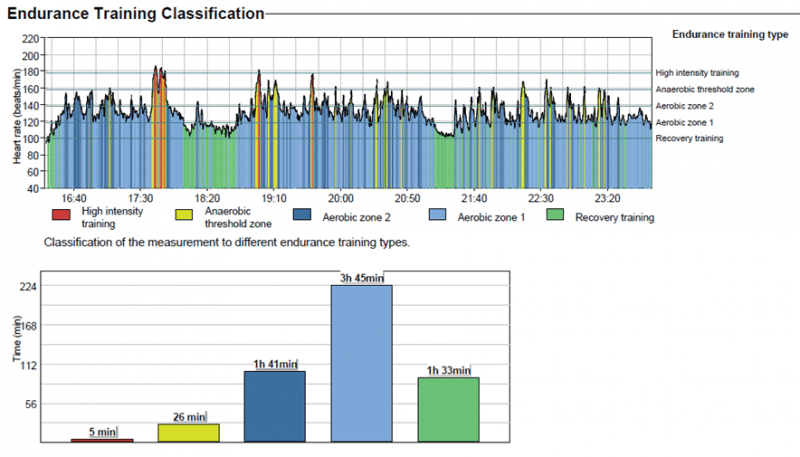
There are well over 3 million cheerleaders just in the United States. It’s a popular sport capable of attracting enthusiastic participants of all ages.
For college football fans, cheerleaders working the sidelines are almost as much a part of the game as the lines painted on the field. In fact, cheerleaders have been boosting the spectacle of college football since 1923, when they first debuted at the University of Minnesota.
The history of cheerleading in America goes back even further. Organized cheering or chanting sections at American sporting events have been documented as early as 1877. Of course, a lot has changed in the past 140 years. Cheering has exploded both in terms of popularity and physical demands. Today there is even an internationally contested World Championships of Cheerleading.
Have you ever thought about the cardiovascular demands of cheerleading? Or the proper training for collegiate football cheerleaders? Studies reveal that collegiate cheering can be high-risk activity, with injury rates rivaling players on the field.
Performing stunts is part of the excitement for participants and observers alike, but when fatigue creeps in, performances can get dangerous in a hurry. It only takes a brief lapse, an uncareful move for disaster to strike.
Eager to explore these issues, I recently had a chance to work with a number of cheerleaders at Texas Tech University. As part of the project, they volunteered to record their game-day activities using the Firstbeat Bodyguard 2, a high-definition heart rate variability monitor. Afterwards, we analyzed the data using the same Firstbeat Sports software that is used with professional athletes.
What I found was shocking. Here’s a sample of the data we captured from one of the participants, Jamie Williams (used with permission).
Over the course of her gameday, which included warm-ups, special performances at pre-game tailgating events, and of course the game itself, Jamie logged a whopping 6 hours of moderate- to vigorous-intensity aerobic activity. That’s a lot and certainly more than we expected.
When it comes to cheerleading, very little – if any – research is available that squads can use to help prepare themselves to perform. Monitoring cardiovascular load is vital to best train athletes in all sports. Without a closer look, I doubt many would have guessed the cardiovascular demands of game day cheerleading.
The ability to quantify training loads and predict the impact those loads will have on the development of future performance capacity is an increasingly important part of modern athletic training practices. In addition to giving athletes insight into the work they do, this data plays a fundamental role in understanding the real demands of their sport, position, and even style of play.
This information gives individual athletes the best chance at maximizing their own potential for a safe and successful sports career.
The results of this particular experiment led to some positive conversations with members of the team responsible for preparation. We spoke with the team’s conditioning staff about how to best prepare for these types of exertions along with tips about how to improve the cheer athlete’s gameday experiences such as taking more breaks, bringing more food!
If you are interested in bettering your sports science practice or as a coach your team, Firstbeat provides usable and useful wearable technology.
Here is Jamie preparing for the game day!

You might also be interested in

Why Monitor Internal Load in Elite Sports?
A look at the what, how and why of internal load monitoring and why it should form part of your training program.

Beyond Heart Rate: Heart Rate Variability
Heart rate variability (HRV) is the physiological phenomenon of variation in the time interval between consecutive heartbeats. The level of HRV varies a lot between individuals, but in general terms, high HRV is viewed as a marker of good fitness and health.





